Apple Watch can diagnose Parkinson's as long as seven years before symptoms first surface

Finding diseases before symptoms appear is the goal of the healthcare system. Well, it is at least one of the goals. After all, if someone knows that they are going to get a certain disease, they might be able to mentally and physically prepare for it and possibly take medication to ward it off. According to the BBC, there is a disease that a smartwatch like the Apple Watch, might be able to discover as many as seven years before symptoms first surface.
The disease is Parkinson's Disease and it slowly damages the brain causing involuntary shaking or tremors, slow movement, stiff and inflexible muscles, spasticity, an abnormal gait, and more. By the time a diagnosis has been made, too much damage has already been done to the brain cells of those who have the disease. Celebrities who have or have had Parkinson's include Muhammad Ali, Michael J. Fox, Linda Ronstadt, and Alan Alda.
Tracking a smartwatch wearer's movements for one week can determine if that person is likely to develop Parkinson's
Using artificial intelligence, the U.K. Dementia Research Institute team at Cardiff University analyzed data from 103,712 smartwatch wearers. By tracking how fast each individual could move over the course of a single week between 2013 and 2016, the team was able to determine who was likely to develop Parkinson's Disease. Study leader Dr. Cynthia Sandor said that with 30% of those in the U.K. sporting a smartwatch, the device could help develop a less expensive and accurate way to catch Parkinson's at an early-stage.
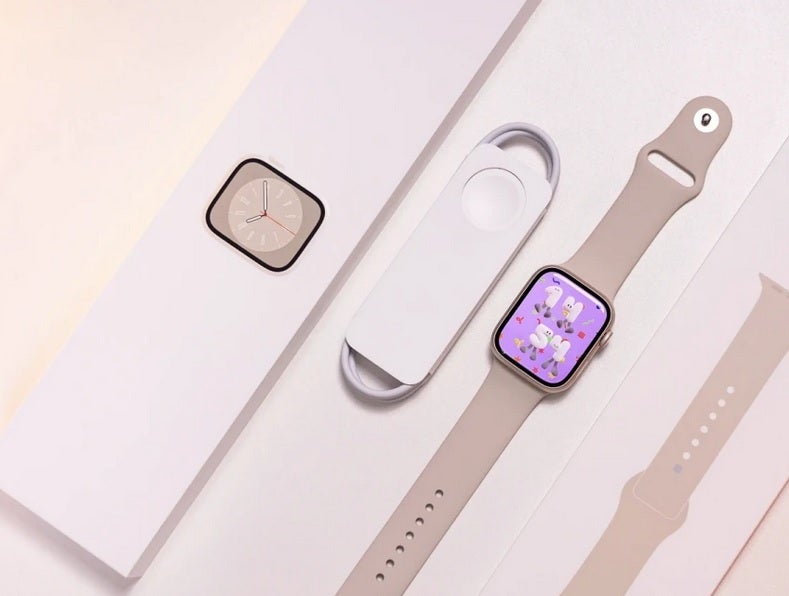
Smartwatches like the pictured Apple Watch can help doctors diagnose Parkinson's Disease 7 years in advance
Dr. Sandor said, "We have shown here that a single week of data captured can predict events up to seven years in the future. With these results, we could develop a valuable screening tool to aid in the early detection of Parkinson's. This has implications both for research, in improving recruitment into clinical trials, and in clinical practice, in allowing patients to access treatments at an earlier stage, in future, when such treatments become available."
Dr. Kathryn Peall, who also worked on the study, told the BBC that not only does the use of smartwatches accurately forecast who will get Parkinson's, but it also determines whether one's symptoms are coming from the disease, or from the frailty that is common to those who are old. "The results from individuals diagnosed with Parkinson's disease were distinct," Dr. Peall said.
The Doctor also stated, "We compared our model across a number of different disorders, including other types of neurodegenerative disorders, individuals with osteoarthritis, and other movement disorders, amongst others, an advantage of being able to work with a dataset such as the UK Biobank." The Biobank is an "in-depth health database" covering more than 500,000 people.
Technology can give people early warnings about Parkinson's; but should they be informed without symptoms?
While the technology might be available to give people an early warning that they will get Parkinson's, the question, according to Dr. Peall, is whether they should be informed years before any symptoms are spotted. This, she said, "will always remain an individual and personal choice. Where this work is potentially important to the field is that we ultimately hope that new therapies that allow us to slow disease progression will become available."
It would seem that smartwatches with motion-tracking sensors will be useful in the fight against Parkinson's Disease. The Apple Watch is already known for saving the lives of users with abnormal heart rhythms, blood clots, or even something unusual such as HAPE (High Altitude Pulmonary Edema). But using smartwatches to see up to seven years in the future to inform someone without any symptoms that they are at risk of getting Parkinson's is something that is out of the ordinary now, but not might be so in the future.
Hopefully, the result will be that smartwatches are used to help people avoid serious life-changing diseases like Parkinson's. As one study said, "Wearables with built-in sensors such as accelerometers, gyroscopes, and magnetometers allow continuous long-term monitoring of movement patterns or physiological variables. In neurology, wearables offer new possibilities to achieve continuous and objective symptom monitoring in clinical as well as out-of-hospital settings."
Follow us on Google News


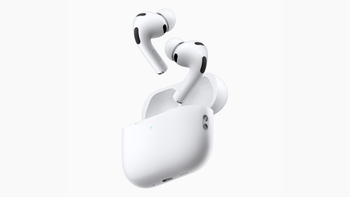




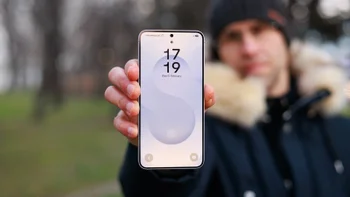
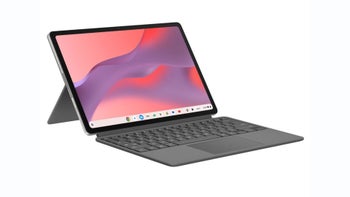


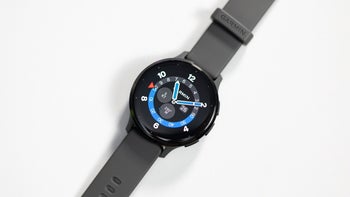
Things that are NOT allowed:
To help keep our community safe and free from spam, we apply temporary limits to newly created accounts: